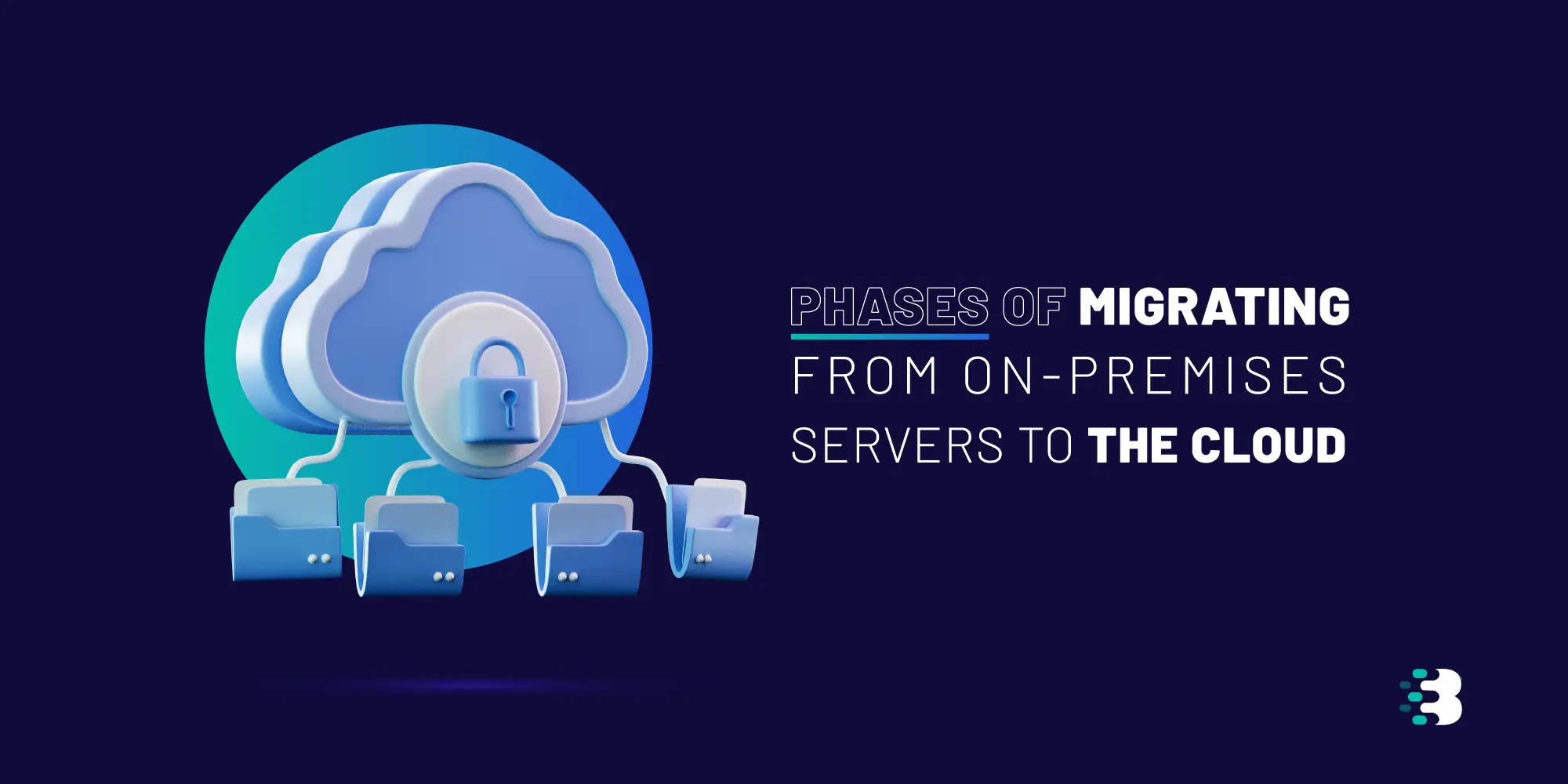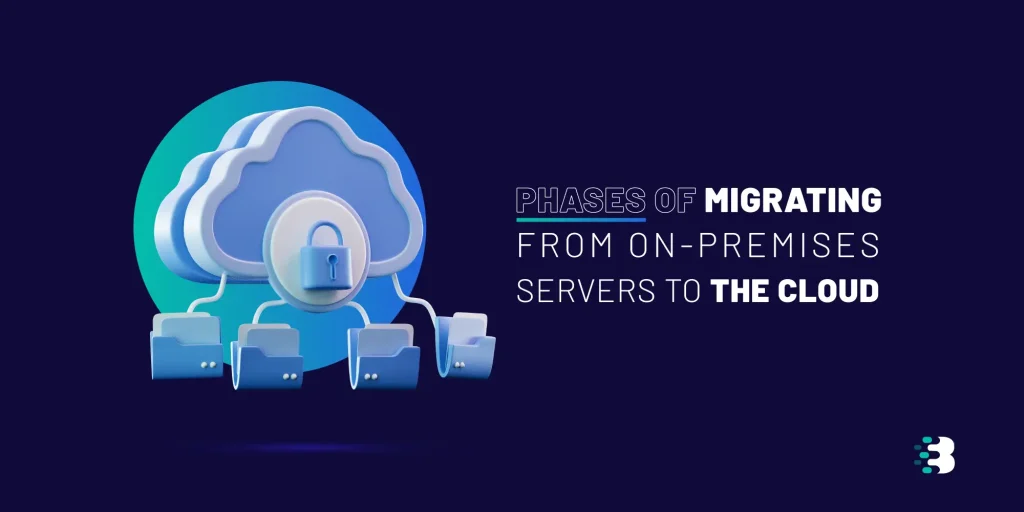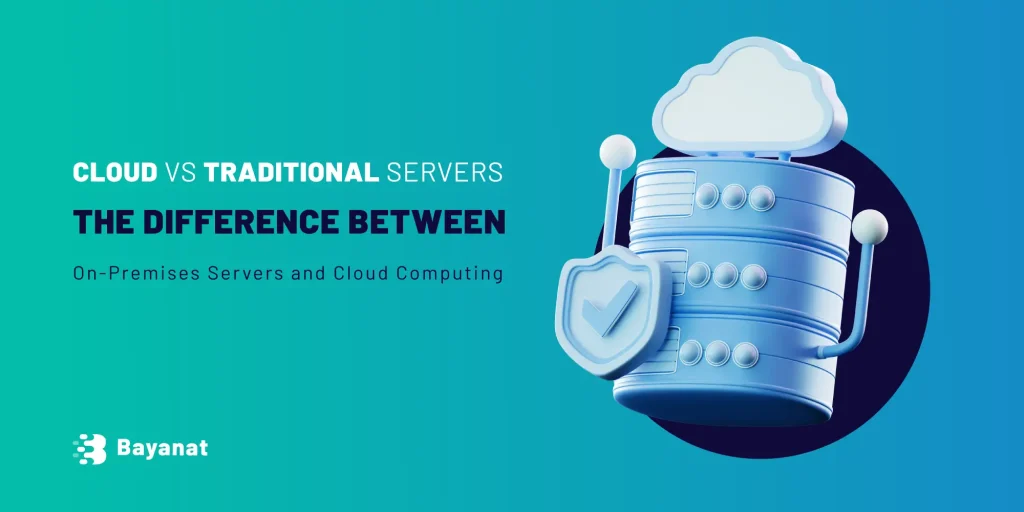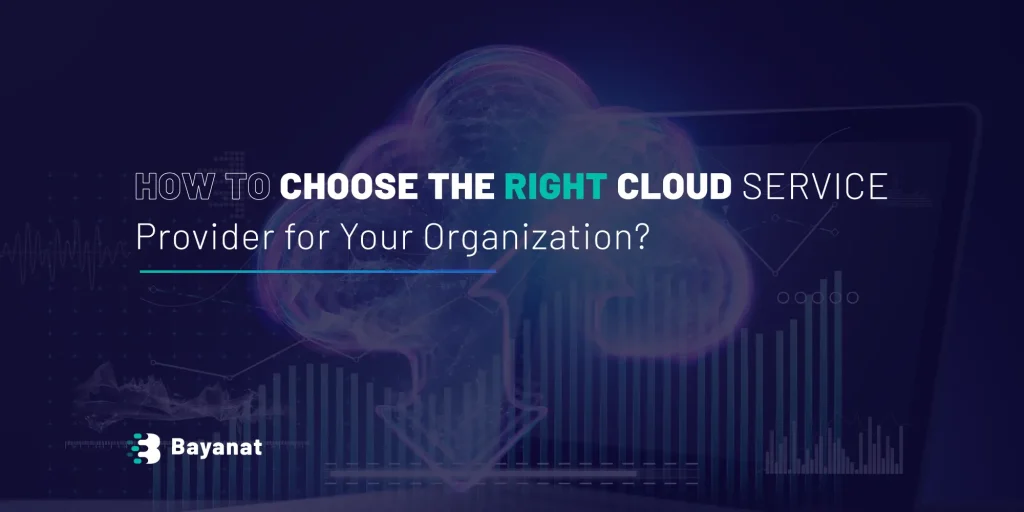Phases of Migrating from On-Premises Servers to the Cloud
Migrating to cloud computing is a strategic step for any organization aiming to improve efficiency, reduce operational costs, and increase infrastructure flexibility. However, this transformation requires careful planning and execution through well-defined phases. Below is an overview of the key stages in a successful cloud migration process:
- Assessment & Planning:
In this phase:
- The current infrastructure (servers, applications, databases, networks) is analyzed.
- Migration objectives are defined (e.g., cost savings, performance improvement, scalability).
- The appropriate cloud model is selected (public, private, or hybrid).
- Costs are estimated and a migration budget is outlined.
- Solution Design:
This involves designing the target cloud architecture, including:
- Choosing the right cloud service provider (e.g., AWS, Azure, Google Cloud).
- Selecting necessary tools and services.
- Defining a security strategy, network layout, and backup plan.
- Preparation:
Key preparation activities include:
- Setting up cloud accounts and access permissions.
- Preparing test environments and ensuring compatibility.
- Training technical teams if required.
- Migration Execution:
This is the actual migration phase and includes:
- Transferring data and applications, either gradually or in a single move (based on the chosen strategy).
- Verifying data integrity post-migration.
- Testing performance and integration with other systems.
- Monitoring & Optimization:
Post-migration:
- The new cloud environment is continuously monitored.
- Performance tuning and necessary adjustments are made.
- A monitoring and alerting system is put in place to ensure operational continuity.






